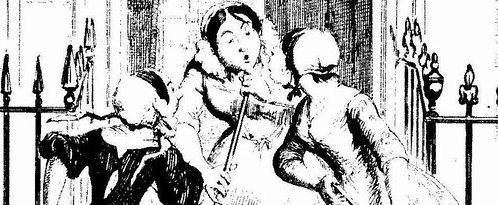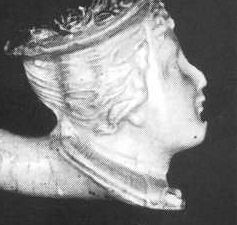Those paleolithic minds
Yesterday's thoughts brought me back to the Upper Paleolithic, and most brilliant book that I've read in years, The Mind in the Cave, by David Lewis-Williams.
It seeks to understand something of the cave paintings of Europe by considering that anatomically, including in terms of brain structure, the people who painted them were identifical to us. It suggests furthermore that while cultural frameworks have a massive effect on conscious thoughts, the brain when in altered states - induced by drugs, meditation, or even the effect of crawling several kilometres underground in very difficult conditions - behaves in remarkable similar ways across cultures.
Thus, after considering parallel reports of altered states, he suggests that the cave painters believed the walls of at least some caves were thin membranes through which it was possible to touch or draw out the animals from the "underworld", or otherworld.
This is particularly useful in explaining the quite common effect of paintings being done one on top of the other with no apparent concern for the predecessors. Each painting was an event, not a work of art. Also the way that natural shapes in caves are used in the creation of the image: a bump is a nose, a broken-off piece an ear, etc.
The book also considers the reason why the art developed in Europe and not elsewhere, saying that the single different condition was the presence side by side for a considerable period of anatomically modern humans and Neanderthals. It suggests (and I'm not sure if it doesn't go a little too far here) that the modern humans realised they had a more complex understanding of religion and the abstract than did their rivals, and therefore sought much harder to develop it.
He focuses particularly on the Chatelperronian Neanderthals, who borrowed techniques of stone tool making, burial and personal ornamentation, apparently from modern humans, but were unable to follow them, he suggests, with advanced hunting techniques, burials with elaborate grave goods and image-making because their minds just could not get around these concepts.
Fascinating stuff!







0 Comments:
Post a Comment
<< Home